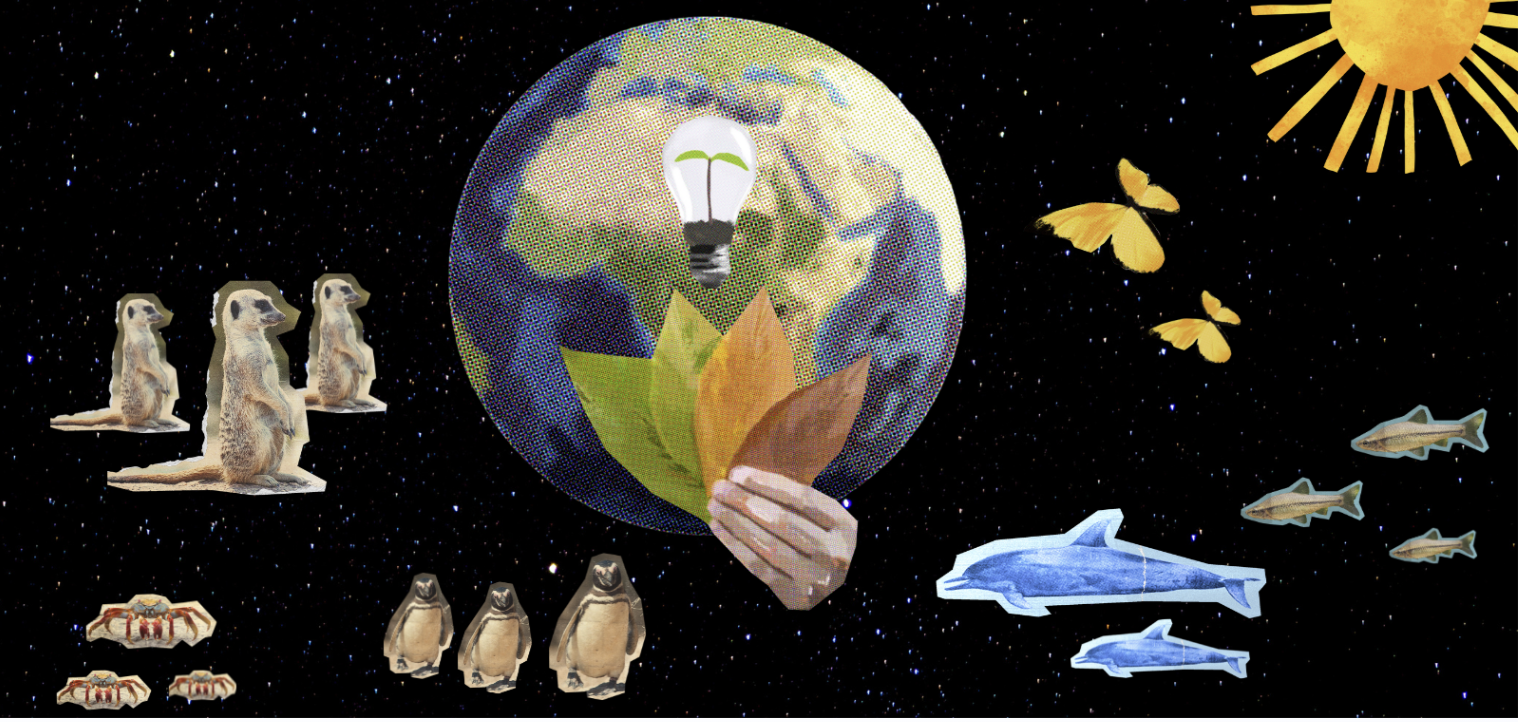Reimagining how we live on this planet

Reimagination is a powerful thing: it can break spells and help us to collectively shape what’s possible beyond dominant cultures and beliefs. It helps us understand ourselves and each other differently and create powerful pathways for change towards the sustainable and just world we long for.
Earlier this year, the world’s leading climate scientists delivered a(nother) “final warning” on the climate crisis with one clear overall message: act now or it will be too late. Hundreds of pages over the last couple of years have detailed the devastation that many people are already experiencing and what more is to come: intensifying heatwaves, droughts and floods, and irreversible biodiversity loss.
Along with the flora and fauna, our languages, cultures and entire ways of being are facing extinction. For many people whose ancestors have experienced centuries of enslavement and exploitation, this is a story they know all too well. Some Indigenous communities see these crises as symptoms of a separation that human beings created long ago during the “Enlightenment” period that started in 17th century Europe.
The Nigerian Yoruba philosopher and writer Bayo Akomolafe wrote, "What we rudely call 'nature' today does not even have a name in Yoruba culture because there was no distinction between us and the goings-on around us… Mountains could be consulted, trees could have privileges."
Humans started seeing a clear distinction between ourselves and nature, and placed humans at the center of the universe based on the idea that we are a superior species that has the right to dominate, commodify, and extract from the natural environment. This separation extended to hierarchies within the human species itself when certain races and genders were exalted over others to justify slavery, genocide, the seizure of lands and cultural and gendered supremacy.
Breaking the spell
Today many of us are still in the powerful grip of the dominant culture, ideas, economic systems and development models — a status quo that feeds on violence and unsustainability. Most of us remain colonized by a spell that tells us to be human is to stand separate and alone, consume and accumulate, and be afraid of each other and of the ephemeral nature of our lives.
But what if… instead of looking at life and our role in it as temporal, we could take a cue from nature’s constant evolutionary changes and make choices that positively contribute to future generations and the continuum of life beyond our individual lifetimes?
What if… instead of avoiding difficult emotions, we could sit together with all aspects of reality — the anxiety and grief, the heartbreak and pain, the messiness and discomfort— in a generative way?
What if… instead of measuring success by getting the best education and obtaining the highest paying jobs, our measure of success is based on the wellbeing of our whole communities and how we embody our values?
What if… instead of maintaining the status quo, we could collectively find a way to break the spell by remembering what it means to be human — that we are entangled in the web of life and weaved into a planetary collective?
The future is collaborative
If you go outside and observe the flora and fauna that make up our ecosystems, you’ll start to notice certain patterns such as diversity and cooperative relationships. To reimagine and co-create an alternative way of being that is just and life-sustaining, we need to reconnect with these patterns in nature that have supported life on earth for over 3.8 billion years.
We only need to look at starlings and bees to see examples of transformative and inspiring collaborations. These types of collaborations are critical to imagining and building the sustainable and just worlds we long for. Real change can only happen when we get curious about each other and connect over stories — windows which help us learn about experiences different from our own and see beyond our one perspective.
Replacing hyperindividualism and transactional relationships with relationships that prioritize (re)connection and healing can better equip us to face the multiple and intersecting crises together. As Brazilian educator, author, and Indigenous and land rights activist Vanessa Machado de Oliveira Andreotti says, “Collective being can’t be held by an individual heart but collectivized hearts. ‘Corazonar’ is connecting hearts in order to hold more and witness pain; Pain needs to be witnessed so we can learn from it to be able to move.”
When we come together and decide that the dominant culture is not working for us, cracks start to appear and it’s in these cracks where the stories can open up possibilities and different ways of well-being. Yuria Celidwen, a scholar of Indigenous Nahua and Maya descent from the highlands of Chiapas, Mexico, says we can compost the stories that keep us separated and “recreate new collective stories of belonging, of kindness, of awe and sacredness that we can then truly build a sense of reverence for the whole of Mother Earth.”
Putting it into practice
Our Reimagining Collaboration program is our invitation and practice space for leaning into the cracks and co-creating a future that is truly collaborative. Join us in figuring out how to work with tension and strong emotions in generative ways, take a step towards building a deeper self-awareness in how you show up in collaborations, and learn practical ways of surfacing multiple perspectives, creating powerful collaborations and pathways for change.
Learn more and register for our Reimagining Collaboration program.
July 24, 2023

